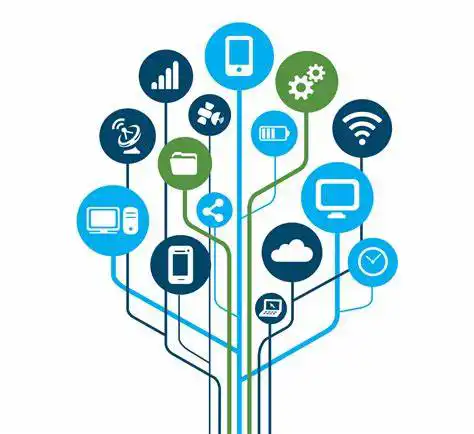Starbucks App's Unspent Digital Wealth
Your morning routine may involve a quick grab-and-go cup of coffee purchased through the convenience of Starbucks' mobile app. You are not alone in relying on this digital platform; around 30% of all Starbucks payments are made in this way. The ease of use is undeniably attractive, but have you ever wondered about the unspent funds left on your account?
The answer to that question is more shocking than most realize. Over the last five years, Starbucks customers have accrued over $900 million in unspent digital dollars. Surprisingly, these digital payments account for a startling amount of the company's liability, forming an incredible source of what essentially amounts to free money for the coffee-market giant.

Acquisition of Digital Funds
But how does Starbucks accumulate these digital funds? The answer lies in its app's unique operations. Customers are required to preload a certain amount of money onto the app, effectively depositing sums into a digital wallet. With every tasty Frappuccino or delicious breakfast sandwich you order, the requisite amount is subtracted from your account's balance.
And here's the catch: human nature has a habit of making us forget, or overlook, petty cash. For any Starbucks users reading this, think about it - when was the last time you gave a thought to the amount of unspent funds remaining on your Starbucks app? The chances are, it's been awhile.
Unused Funds: An Inadvertent Gold Mine
Herein lays the inadvertent gold mine for Starbucks. Stored on millions of devices, small change is easily overlooked and multiplied by many, these amounts accrue into an unfathomable fortune. Further research suggests that Starbucks is not the only beneficiary of such phenomena. Companies such as Apple and Amazon have also reported substantial amounts of stored digital currency, showing the ubiquity of digital wallets in today's society.
However, this situation raises some crucial questions. Are the leftover funds in these digital wallets forgotten about, or are they purposefully left as a convenience for the user's next purchase? In either case, what guarantees consumers that their funds are safe and sound?
Security of Digital Payments
The security of digital payments has always been a crucial concern, and Starbucks maintains stringent security measures. Nevertheless, with a significant amount of money at stake, the importance of protecting the end-user's funds is paramount. After all, if you cannot trust a company with keeping your money secure, how can you trust them to provide a secure service or product?
Rest assured, however, that Starbucks has its consumers' best interests in mind and aims to provide the utmost security. The App has numerous features that protect both the internal company and consumers from potential fraud. These include password protection for accounts and safety measures against malware and hackers.
A Starbucks App: A Smart Move
Creating the Starbucks App was a visionary step towards the future of coffee consumption. It not only proudly serves as a quicker, convenient method of making purchases but also offers rewards and benefits to loyal customers. Considering consumers' time and money worth, the App has certainly proved to be an innovation that successfully complements the Starbucks' brand identity.
In retrospect, though the accumulation of unspent payments was arguably unforeseen by the company or its users, it was a significant stimulant of Starbucks' financial health. The company has smartly capitalized on digital habits, leading to remarkable growth in its balance figures.
A Digital Convenience or a Booby Trap?
Understanding the Starbucks App's unspent funds phenomenon gives rise to a thorough contemplation of our digital habits. Do these virtual wallets, with the convenience they bring, also ensnare us into depositing more money than we realize?
As users, do we fail to remember and claim what is rightfully ours? Aversion towards inconclusive questions and ignorance of little change can lead to a significant monetary loss in the long run, a bitter truth masked by digital convenience, one might say.
Although the Starbucks App displays the leftover balance after each transaction, these minor details often go unnoticed. Conscious users might already be maintaining a track of the change, but should they be solely responsible?
Albeit, Starbucks' commitment to safeguarding the interests of its customers is commendable, the company could step up by providing more transparency about these digital detritus by sending periodic reminders regarding the unused funds.
Lessons Learned by Starbucks
The conundrum of unspent funds accumulated in the Starbucks' App could serve as a lesson, not only for other businesses aspiring to launch their digital platforms but also for consumers employing digital wallets. Businesses can strategize to generate user engagement and foster brand loyalty through apps, but it is crucial to ensure the users' funds are appropriately managed and protected.
Customers can benefit by becoming more aware of their digital behaviour and spending habits, to fully utilize their funds and not leave any amount unspent. After all, every penny saved is a penny earned.
In conclusion, the Starbucks App's digital payment success demonstrates the latent power of digital wallets, to both wield economic value for a company and also enhance the user experience. This remarkable situation provides a stirring example of how modern technology has fundamentally changed our daily financial transactions and the underlying economic landscape.